Understand how Ashtanaga and Hatha yoga are different in theory and practice though the objective of spiritual upliftment is common to both.
Browsing through yoga classes offering an array of styles and approaches could be a real exercise in confusion. This five thousand year old discipline of mind-body wellness has evolved over the ages, mushrooming into a variety of interpretations and interrelated approaches. While some styles highlight dynamism and core strengthening exercises others shed light on restful postures, the most common categories being Hatha and Ashtanga. The two modes are contrasting in the way Hatha demonstrates a generic set of seated and standing postures while Ashtanga engages practitioners in a specific sequence of more exacting asanas.
[wp_ad_camp_1]
While it would be unfair to state that one style is superior to the other, it remains true that Hatha and Ashtanga are meant for people of two different temperaments. Let us explore in detail characteristics unique to these two styles:
Gentleness in Hatha and Ashtanga’s Intensive Potentials
One of the greatest differentiating factors—with hatha you can simply perform as one asana at a time, but Ashtanga practice won’t let you stop before completing a series of asanas in an unremitting flow. This is vinyasa. To flow from one asana to the next makes the whole practice more vigorous, consequently, a greater heat generation within. Ashtanga is thus good for fast calorie burning and dynamic strength building. With the motion slow and focused, you can utilize Ashtanga to potentials of cardio-vascular exercise as well. Hatha is more effective as a warm up, restorative workout, and relaxant.
Single Asana Observance and Ashtanga Vinyasa Flow
While Hatha lets you focus deeply upon the bends and flexes in each asana, in Ashtanga, it all passes in a blur. Ashtanga gets a little more complex when the instructor brings your attention to the synergy of movement and breath. Not only must you set your movements in a rhythm while Ashtanga vinyasa, your breath must fall in curves too. To master synchronized breath-intensified asana movement, it is highly recommended to start your journey in yoga with Hatha first. After you have followed through the nuances of yoga breath and the importance of synchronizing yoga movement with pranayamic yoga breath in singular Hatha exercises, move to the more complex system of Ashtanga yoga.
Hatha Harmonization of the Sun and the Moon Energies and Ashtanga’s “Eight Limbs”
Hatha, translated literally is the coming together of the “sun” and the “moon”. Figuratively, this indicates a harmony or blend of different and oppositional forces. The coming together of the sun and the moon is an image of resolving conflicts and united energy in diversity. In case of the human body, it indicates a healthy system in which every unit is at par with others and is governed by a singular universal force. The main strategy of achieving such perfection is through asana observance. Hatha is thus a discipline with an objective which is same as one of the “limbs” of Ashtanga yoga, that being – asana.
Ashtana on the other hand is an eight-fold path to the final stage of bliss. The “eight limbs” are:
Yama – This refers to moral restraints which prohibits the practitioner from adhering to any action or thought that disavows the commitment to universal love and brotherhood. The first limb concerns our relationship with the world, the people and our day to day interaction with them.
Niyama – This refers to our duties. Ashtanga yoga codifies a set of regulations and duties to which a practitioner must commit to. The duties concern ones responsibility to the society, family, and individual selves.
Asana – The third step to the path to freedom is physical exercise. This is the main scope of concern in Hatha yoga and forms a part of Ashtanga discipline. To adapt one’s body to a steady and comfortable posture is the goal. It does not necessarily have to be a striking bend or an appealing headstand. Anything that sets the body at ease and aligns internal organs and the mind to their optimum efficiency is satisfactory.
Pranayama – Prana is the vital life force that flows through us and the universe around. It is often equated with breath and thus, by working with the way we breath we can create a more progressive flow if prana. This limb of Ashtanaga is an important part of Hatha exercises as well, where pranayamic breath is incorporated in all its asana movements.
Pratyahara – This limb of Ashtanga refers to sense withdrawal. Drawing inwardly from the distractions of sense perceptions help a meditative mind delve deeper into spiritual immersion.
Dharana – Dharana refers to focus and unwavering concentration, a part of the meditative practice.
Dhyana – This is meditation in the most absorbed state, a vital component of yoga common to all its stylistic forms
Samadhi – The final stage of bliss as the yogic goal comes after reorganizing our oppositions and contradictions within the self and outside in the world around.
Thus, Hatha and Ashtanga yoga are not different in their spiritual objective but appeals yogis of different temperaments. For a dedicated practitioner, an integrated learning approach combining the vital aspects of Ashtanga and Hatha will be ideal.

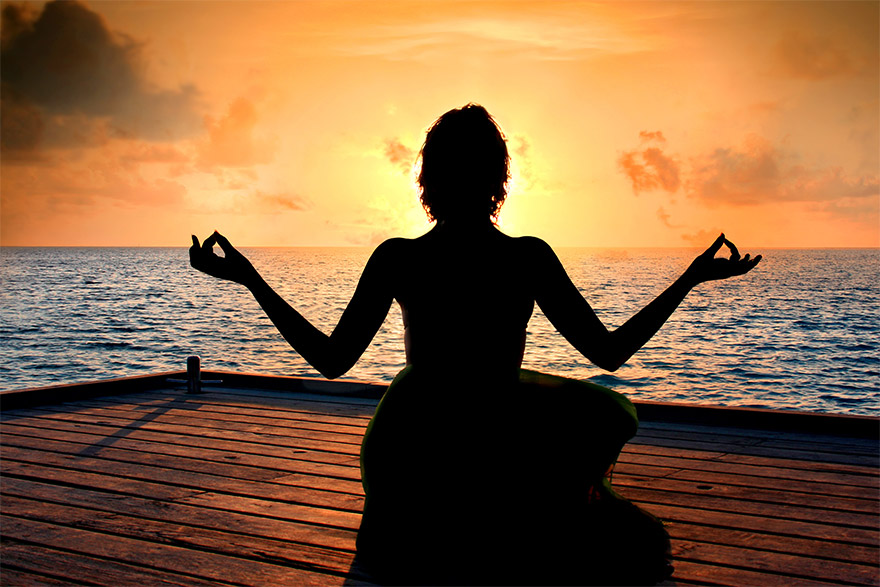
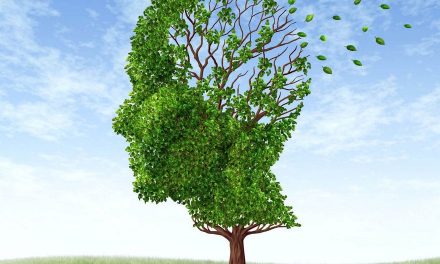
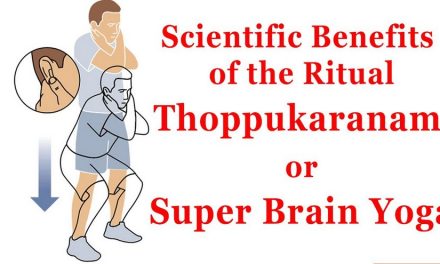
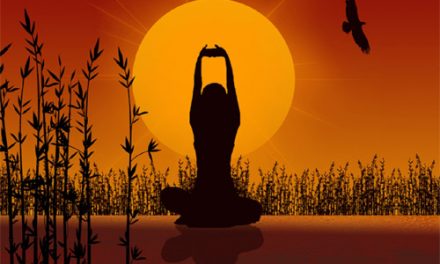
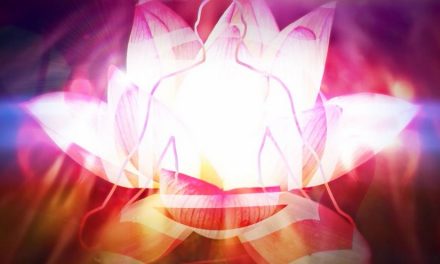





Dear Sirs
Please show some authoritative materials for your assertions.
एकै साधे सब सधै ,सब साधे सब जाय , रहिमन मूलहिं सींचिबो ,फ़ुलै फ़लै अगाय। Is there any need for ten systems if only one can get us there?
Article is excellent.
Convinced that you have fallen into the world of Yoga. Your claims do not have a stronghold in Vedas. Yoga is Upaanga, one of the six systems of Vedic Philosophy. What you are writing about is ajivika knowledge, and you make a bad karma to yourself.
Ashtanga Yoga is Raja Yoga….in no way should it be limited to (or known as) the asana series of Sri Patabhi Jois. While the Serviestufas was designed for him Ayurvedically by his teacher, Sri Krishnamacharya, it was intended for him as a remedy. It is lovle that he shared the practice with the world and created others, but Ashtanga Yogavshould not be equated with a series of asana. The goal of Ashtanga Yoga is moksha…the path will differ according to ones needs. Ishvara Pranidhana is the highest method. Asana is a means by which to ease the body into meditation, but asana alone is not Ashtanga Yoga.
It’s important to note the milena between the Sutras and the Pradipika. The focus addressed the needed of the times.
The human body is exact replica of jagath. we are also composed of the same Pancha Bhutamulu
as that of Prapancha. Manasu and Buddi signify the Moon and the Sun respectively. In other words the left eye
represents the Moon and the right eye represents the Sum.
Yogam is the state when the distance between sun and Moon becomes zero. It implies that it refers to the
state which is above left and right which means Advaita Shthiti.
The five sense organs act as interacting agents with the world when human
mind is experiencing the worldly pleasures. Mansu as a software program is subjected Six viruses
namely Kamam,Krodham,,Madam,Moham,Lobham and Matsaryam.As the leader of the five senses,
Manasu lives in the worldly matters,worldly thoughts and worldly deeds. Buddi as the boss of Manasu
is subjected to the virus Dvaitam(Dualism). Thus Buddi makes Manasu to run after sensual desires.
As the sensual pleasures are temporary and end up with misery and frustration,
the Prana Sakti derived out of food,water,air, and sunlight escapes out in to the world as waste.
The Yogi indulging in Yoga withdraws the seven types of energy(Energy utilized by five sense organs+energy
utilized by Manasu +energy utilized by Buddi)) inwards and integrates them in to one by fixing his Buddi
on Sat(Ekam/Nityam). Sun light consists of seven colors. Lord Sun as Adhisthana Devata. of Atma(Soul) signifies
Brahman(Sat). and accordingly Sun light signifies Atma Jnanam(Absolute Knowledge). When the above mentioned seven types of energy is integrated in to one by making Buddi one with Sat(Ekam), the individual knowledge is raised to the
level of Absolute knowledge(Surya Rasmi). One who withdraws the
seven types of energy which is going out into the world as waste , he/she would be above
the two sides of duality(,Dvaitam) and thus one would be free from .Ajnanam(darkness) .
As the Sun and Sunlight are not different from each other, one who is blessed with Atma Jnanam
(Absolute knowledge) would undergo spiritual enlightenment.
Honestly like to know where you get these stories from and are you sure yoga is 5000 tears old.One thing i have learnt from the Yogis is what i know i know…what i dont know i dont know…
Namaskar, @surya i liked your comment – ‘what i know i know…what i don’t know i don’t know’ ! Nowadays anything which is flexed is Yog. There is nothing like Poweryoga, hotyoga etc. Its some other form of exercise. But these people especially Westerners are with half knowledge defaming Yog. They consider Yog as a collection of Aasans but in reality aasans form a minuscule part of Yog. Yog is a life philosophy. And by the way its Yog not Yoga, Its Pranayam And not Pranayama and aasaa and not Asana !
hatha yoga have 8 limbs, there is not difference between hatha and ashtanga,
vinyasa yoga is a invention of an Indian from last century, this vinyasa has nothing to do with real ashtanga yoga or hatha yoga, it is only i kind of exercise to youngsters that have no patience to practice real raja yoga ( hatha yoga)